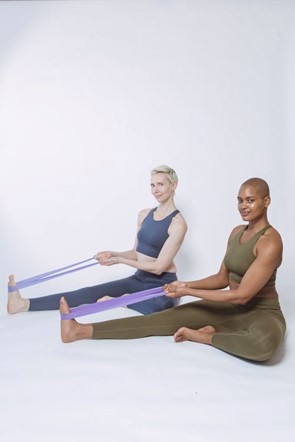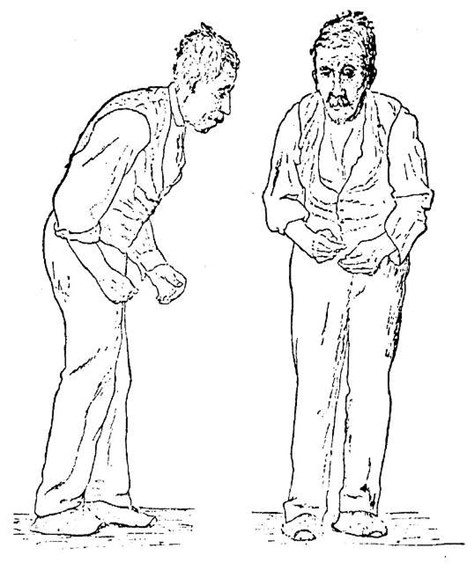Are You Exercising at the Right Intensity? Here’s How to Tell
When it comes to working out, intensity matters. Exercising too lightly may not yield the results you desire, while pushing too hard could lead to burnout or injury. So how do you know if you’re hitting the right intensity level? Understanding different exercise intensities and monitoring your body’s response can help you optimize your workouts for better health and fitness.
Understanding Exercise Intensity Levels
Exercise intensity is typically categorized into three levels:
- Low-Intensity Exercise – Includes activities like walking at a leisurely pace, gentle yoga, or casual cycling. You should be able to hold a conversation comfortably without feeling out of breath.
- Moderate-Intensity Exercise – Activities such as brisk walking, water aerobics, or light jogging fall into this category. You should be breathing harder but still able to talk in short sentences.
- High-Intensity Exercise – Includes activities like sprinting, HIIT workouts, or intense cycling. Talking becomes difficult, and you may only be able to speak a few words between breaths.
How to Measure Your Exercise Intensity
To ensure you’re exercising at the right intensity, consider using these measurement methods:
- The Talk Test
A simple and effective way to gauge intensity. If you can carry on a full conversation, you’re likely in a low-intensity zone. If you can speak but with effort, you’re at a moderate intensity. If talking is nearly impossible, you’re at high intensity.
- Heart Rate Monitoring
Using a heart rate monitor or manually checking your pulse can help determine your intensity level. A common method is the percentage of your maximum heart rate (MHR):
- Low intensity: 50-60% of MHR
- Moderate intensity: 64-76% of MHR
- High intensity: 77-93% of MHR
To estimate your MHR, subtract your age from 220. For example, a 40-year-old would have an estimated MHR of 180 beats per minute (bpm), making the moderate-intensity range about 115-137 bpm.
- Perceived Exertion Scale
The Rating of Perceived Exertion (RPE) scale ranges from 1 (very light) to 10 (maximum effort). A moderate-intensity workout should feel like a 5-6, while high intensity should feel like a 7-9.
Finding the Right Balance
Your ideal intensity depends on your fitness goals:
- Weight loss: A mix of moderate and high-intensity exercise can be effective.
- Cardiovascular health: Moderate-intensity aerobic workouts are beneficial.
- Muscle building: High-intensity resistance training can promote muscle growth.
- General fitness: A balanced combination of all three intensities ensures variety and effectiveness.
Listen to Your Body
Regardless of metrics and guidelines, tuning into how your body feels is crucial. Signs of overtraining include fatigue, persistent soreness, and reduced performance. On the other hand, if your workouts feel too easy, it might be time to increase the intensity.
See the full scientific article from American Heart Association.
Exercising at the right intensity is key to achieving your fitness goals while avoiding burnout and injury. By using the talk test, heart rate monitoring, and perceived exertion scale, you can fine-tune your workouts for optimal results. Pay attention to your body’s signals and adjust accordingly to make the most of every workout session.
Are you interested in enhancing your daily diet with Omega-3 fatty acids? Look no further than Asher Longevity Institute’s Marine Fish Oil supplement. Omega-3 fatty acids can help reduce the risk of heart disease by reducing triglyceride levels and potentially lowering cholesterol.




